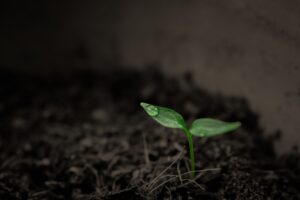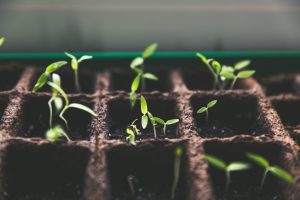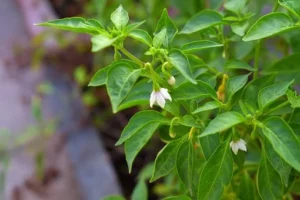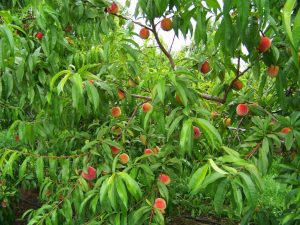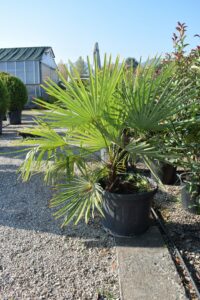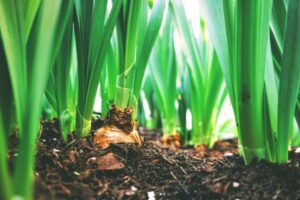
Transplantation is the energy with which we remove a plant from its place together with its roots and plant it again in another place.
When should we transplant plants?
Transplanting should be done about every two years. The main reason is when the roots are developed enough to come out of the bottom of the pot. A second reason is when the leaves turn yellow and eventually their foliage falls. The third reason is when the volume of the foliage exceeds twice the diameter of the pot.
Suitable transplant season
The best time to transplant any plant is either in early spring before the flowers develop or in autumn when the leaves are falling.
However, there are times when it is necessary to change the pot in the spring or during the summer. When most of us get new plants either for the balcony or for the terrace. In this case, the plant has greater needs for water where they help it to develop the root system. We must be careful with watering, because it should be done often.

Transplant steps
The transplant steps are as follows:
- We determine the place and time where the transplant will take place. Avoid the noon hours due to the sun !!
- We gather the tools and materials that we will use.
- Correct choice of a new flowerpot! The new pot should be 1 to 2 numbers larger than the previous one. If it is large enough, the plant will develop more of its root system.
- Check if the selected pot has the drain hole in the bottom open. Tip! If you use a ceramic pot there is a little secret! Leave it in the water at least from the night before the transplant. This will result in the retention of moisture in the substrate that you will use !!
- Place the drainage material at the bottom of the pot, which can be gravel, perlite or various building materials such as broken tiles. The height of the layer should be from 4 to 10 cm. In this way we manage to escape the excess irrigation water.
- We insert the topsoil between the walls and the bottom to create the place where our plant will enter. We choose the topsoil according to the needs of the plant (outdoor flowers, indoor flowers, acidophiles, cacti) and pay attention to its specifications. The topsoil must have the right proportion of organic matter, such as peat, sand and mineral particles, such as perlite.
| Plant Type | Mold |
| General Plants (Trees, Shrubs) | General purpose topsoil |
| Acidophilic Plants | Topsoil for acidophilic species (ideal acidity conditions) |
| Orchids | Topsoil for Orchids (Contains pine bark, peat) |
| Cacti - Succulents | Topsoil Ideal for water-storing plants (high sand topsoil) |
- We remove with Caution the plant from the pot. We shake the old soil, but being careful not to injure any roots! You can leave the plant watered for a few days to make this process easier!
- We place the plant in the vacuum we have created with all its roots !! Fill with topsoil without putting too much pressure. Leave a gap of 3-5 cm from the rim of the pot.
- Finally, water well and return the plant to its original position.
- For best results you can add water soluble fertilizer, depending on your plant. Thus, we help the plant in rooting but also in reducing the shock of transplanting.
